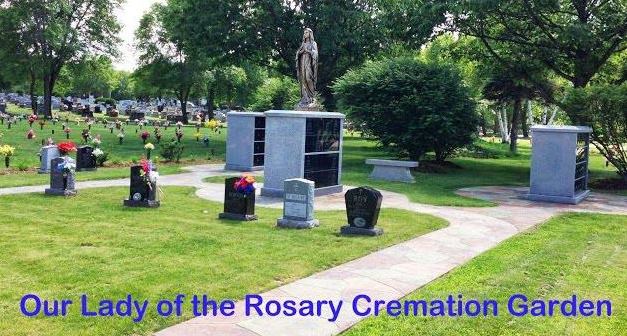

(The Greek word κρᾱνῐ́ον does more specifically mean the cranium, the upper part of the skull, but it has been used metonymously since antiquity to refer to skulls and heads more generally.) Although Latin calvaria can mean either "a skull" or "the skull" depending on context and numerous English translations render the relevant passages " place of the skull" or "Place of the Skull", the Greek forms of the name grammatically refer to the place of a skull and a place named Skull. The form preserved in the Greek text, however, is actually closer to Aramaic Golgolta, which also appears in reference to a head count in the Samaritan version of Numbers 1:18, although the term is traditionally considered to derive from Syriac Gāgūlṯā ( ܓܓܘܠܬܐ) instead. Golgotha's Hebrew equivalent would be Gulgōleṯ ( גֻּלְגֹּלֶת, "skull"), ultimately from the verb galal ( גלל) meaning "to roll".


It has thus often been referenced as Mount Calvary in English hymns and literature. While the Gospels merely identify Golgotha as a "place", Christian tradition has described the location as a hill or mountain since at least the 6th century. The 1611 King James Version borrowed the Latin forms directly, while Wycliffe and other translators anglicized them in forms like Caluarie, Caluerie, and Calueri which were later standardized as Calvary. Versions of these names have been used in English since at least the 10th century, a tradition shared with most European languages including French ( Calvaire), Spanish and Italian ( Calvario), pre- Lutheran German ( Calvarie), Polish ( Kalwaria), and Lithuanian ( Kalvarijos). The English names Calvary and Golgotha derive from the Vulgate Latin Calvariae, Cavlariae locus and locum (all meaning "place of the Skull" or "a Skull"), and Golgotha used by Jerome in his translations of Matthew 27:33, Mark 15:22, Luke 23:33, and John 19:17. Ĭhapel of Mount Calvary, painted by Luigi Mayer Other locations have been suggested: in the 19th century, Protestant scholars proposed a different location near the Garden Tomb on Green Hill (now "Skull Hill") about 500 m (1,600 ft) north of the traditional site and historian Joan Taylor has more recently proposed a location about 175 m (574 ft) to its south-southeast. The exact location of Calvary has been traditionally associated with a place now enclosed within one of the southern chapels of the multidenominational Church of the Holy Sepulchre, a site said to have been recognized by the Roman empress Helena, mother of Constantine the Great, during her visit to the Holy Land in 325.

Since at least the early medieval period, it has been a destination for pilgrimage. Traditional site of Golgotha in the Church of the Holy SepulchreĬalvary ( Latin: Calvariae or Calvariae locus) or Golgotha ( Greek: Γολγοθᾶ, Golgothâ) was a site immediately outside Jerusalem's walls where Jesus was said to have been crucified according to the canonical Gospels.


 0 kommentar(er)
0 kommentar(er)
